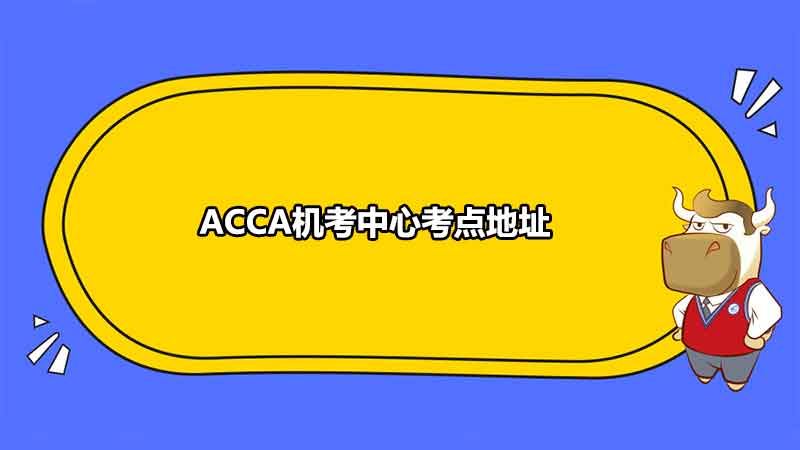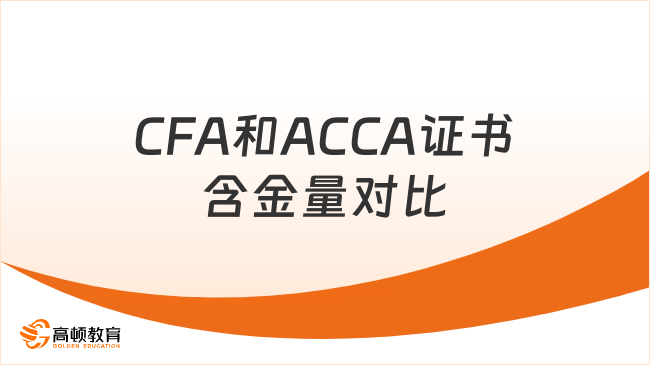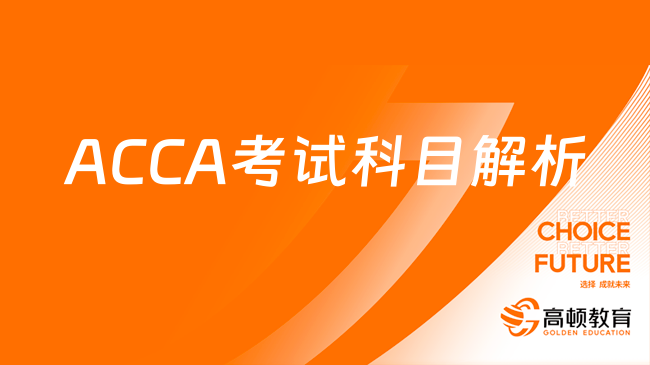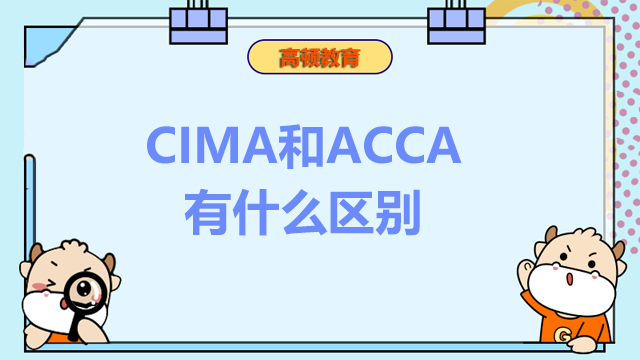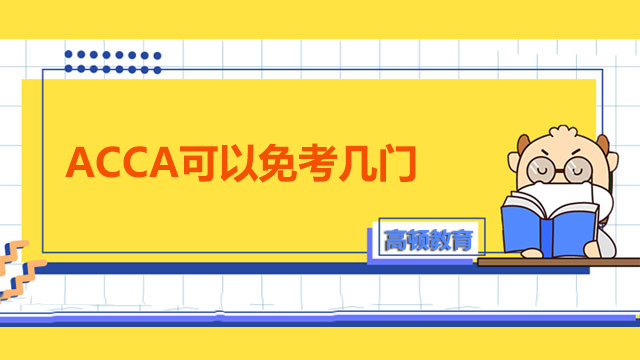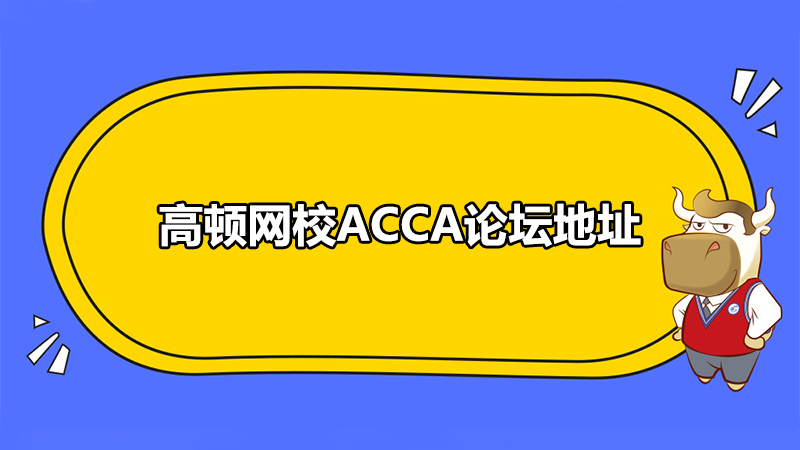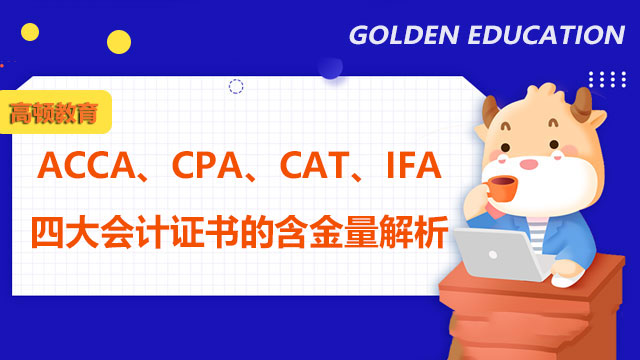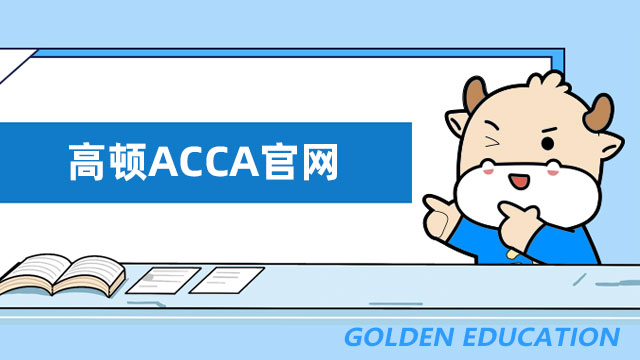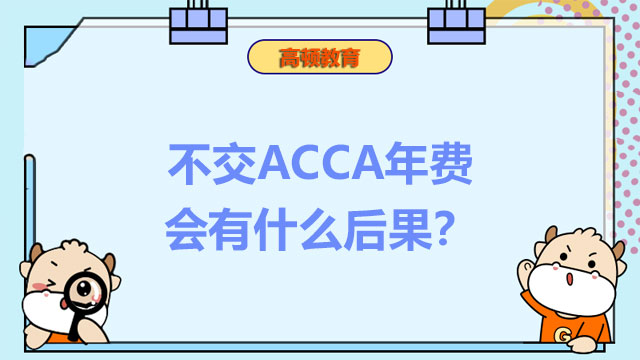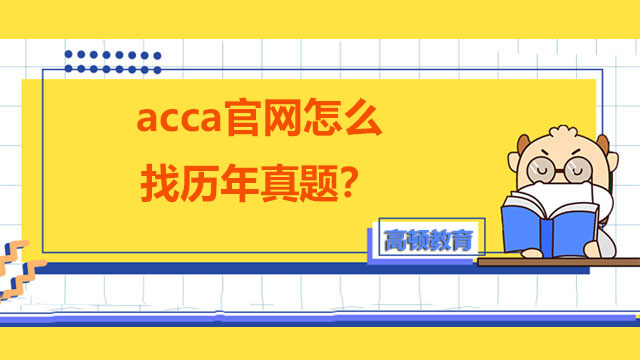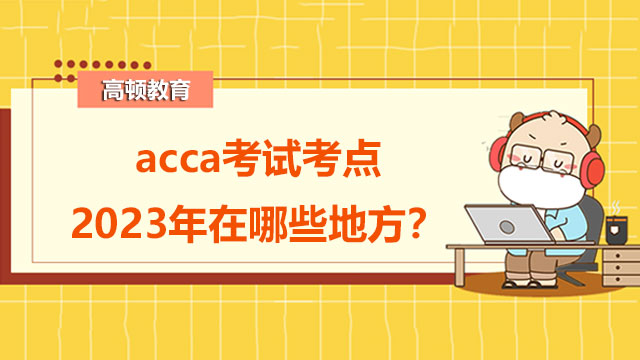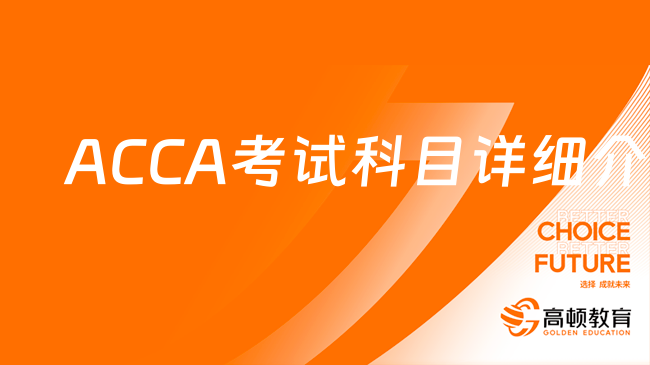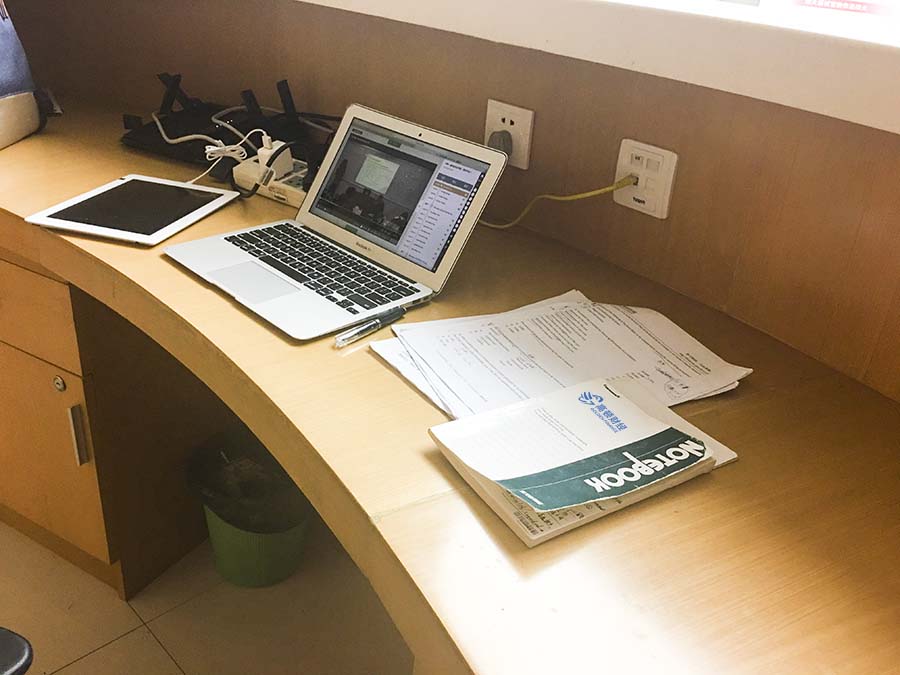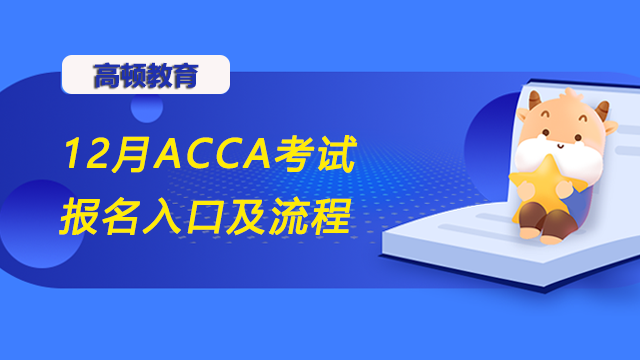ACCA12月考试P2公司报告*7考官总结 EXAM TECHNIQUE
RELEVANT TO ACCA QUALIFICATION PAPER P2
EXAM TECHNIQUE FOR PAPER P2
The article focuses on issues of poor exam technique that show themselves repeatedly in the answers students submit for Paper P2 each sitting. These issues are not news. The examiner makes reference to these problems in his exam comments every sitting,but somehow they rear their head at the next sitting regardless.
The problems relate to the over enthusiasm of students and so I have written this article in an attempt to persuade students to reign this in,and utilise a little control when answering Paper P2 questions.
The broad problem that I will discuss is the insistence of some students in writing rambling irrelevant nonsense in the context of their answer to the narrative questions in Section B. This seems to be a particular problem with the industry or mix question. So I have used Part (c)of Question 2 from June 2010 to illustrate the problem. The question referred to an entity called Cate which operates in the software industry.
I have provided you with two answers. Both answers are made up by me. But both closely correlate to real answers given by students;one answer showing good exam technique and one answer with poor exam technique.
Here is the question:
At 1 April 2009 Cate had a direct holding of shares giving 70% of the voting rights in Date. In May 2010,Date issued new shares,which were wholly subscribed for by a new investor. After the increase in capital,Cate retained an interest of 35% of the voting rights in its former subsidiary Date. At the same time,the shareholders of Date signed an agreement providing new governance rules for Date. Based on this new agreement,Cate was no longer to be represented on Date’s board or participate in its management. As a consequence Cate considered that its decision not to subscribe to the issue of new shares was equivalent to a decision to disinvest in Date. Cate argued that the decision not to invest clearly showed its new intention not to recover the investment in Date principally through continuing use of the asset and was considering selling the investment. Due to the fact that Date is a separate line of business (with separate cash flows,management and customers),Cate considered that the results of Date for the period to 31 May 2010 should be presented based on principles provided by IFRS 5,Non-current Assets Held for Sale and Discontinued Operations.
Required
Discuss whether the accounting treatment proposed by the company for the year to 31 May 2010 is acceptable under International Financial Reporting Standards.
(8 marks)
A poor answer
IAS38 financial instruments set out criteria for financial assets held for sale. First the asset must be intending to be sold,then recovery of the value cannot be through continuing use,then the asset must be available for sale meaning that company has the asset intending to be sold. The director should look at the circumstances and see if the asset is available for sale. Then the asset is a subsidiary but then it’s not. The directors are considering selling the asset. So the asset is current asset. Issue of share capital reduces the control;maybe Cate must record impairment. There is an impairment when the carrying value exceeds the recoverable value. Recoverable value is the higher of value in use and fair value less costs to sell. Reduced ownership means impairment. There is no cash flow from the sale.
Poor answer - commentary
The above makes painful reading does it not?Imagine how much worse it would look scrawled in panicked handwriting. Well,before we shred this answer to pieces,let us be positive about what it does do. First,and by far and away the most important point is that the student had a go. The above would probably score two out of eight marks. That is two more than zero. Second,the answer does pick up on some of the key issues. There is mention of ‘control’and ‘criteria’,both of which play a key part in the scenario and this would be where the two marks would be picked up. I know the English is not perfect either. Some of the sentences grate a little. But I would advise the student not to worry about this at all. Sentences are bound to come out a little skewed under exam pressure.
But turning to the downside,the answer is utterly chaotic. Do you get the feeling that the student half read the scenario and then bashed down any old rubbish in a mad frenzy of sweat and fear?Do you get the feeling that the student does know something,but the mad panic resulted in the chaos above?That is how it reads to me. I want to tell the student to breathe,relax and loosen the shoulders. Now let us look at three specific problems.
Problem 1:IFRS numbers
The reference to IAS 38 is not a good start. Of course,it is IAS 39 that refers to financial instruments. Anyway, the IFRS regarding non-current assets held for sale is IFRS 5. We know this because it says so in the scenario. This is further evidence that the student did not read the scenario to the end. I suggest that when you answer the narrative questions that you concentrate on answering the question and not peppering your answer with irrelevant IFRS numbers. If you like IFRS numbers and can remember them,then use those IFRS numbers. If you are not certain of your IFRS numbers then do not guess. It is incredible how many students who do put in IFRS numbers get them wrong,especially around IAS 36,37,38 and 39. Unfortunately,this can undermine an answer that was perfectly adequate without the incorrect IFRS number. But more significantly,those students who focus on the IFRS numbers frequently forget about answering the actual question.
来源:会计网-acca
Problem 2:Density
The above answer is incredibly dense. It leaps about within one densely packed paragraph and would be very hard to mark as a consequence. The question is valued at eight marks. So all that is required is that you make eight good points. They do not need to be the same eight points as the examiner. But there should be eight points. However,because of the paragraph density it is very hard for a marker to identify the points that this student is making. I highly recommend that you simply make one point in each paragraph and for each paragraph I suggest you use a heading. You will see that this is the style that has been utilised by the good student below and you will note that this use of headings above each short paragraph makes the answer easier to read.
Problem 3:Technicality
The answer also seems to be trying to substitute technicality for analysis. The reference to the IAS number is technical but wrong. The reference to the impairment is also technical but irrelevant. It appears this student is desperately trying to avoid thinking and therefore substituting random technical information in its place. I find myself wanting to tell the student to breathe and look at the scenario again. I find myself wanting to ask the student to think.
You cannot avoid analysis. You do not need an enormous amount of knowledge to pass P2;of course it helps, but is not necessary. What is necessary is analysis. You cannot avoid analysis. When you do look again at the scenario and think a little,just allowing yourself to breathe,you will be amazed how the picture forms. It is not really all that hard. The scenario tells us we used to have 70% of an entity and now we have 35% of the same entity and that the directors are not sure if the remaining 35% is held for sale. That is it really. The 70% should make you think of control and subsidiaries and the 35% should make you think of influence and associates. Then you can knock out the held for sale criteria and take it from there. Amazing what a little thought can do. The following good student took that line and I think you will find the answer far more persuasive without being tremendously technical.
Good student answer
Control
IFRS make it very clear that a sub is defined by control. Sub acquisition occurs when we get control and sub disposal occurs when we lose control (IAS 27)。
Disposal
So when Cate tells Date to issue shares to a new investor and the Cate ownership and voting falls from 70% to 35% then Cate loses control and the result is a sub disposal.
Discontinued
The scenario tells us that Date is in a separate line of business. Obviously we stopped doing that separate line of business towards the end of the year. So the operation is discontinued (IFRS 5)。
Income statement
Cate time apportions Date results and then puts the PAT into Discontinued at the bottom of the income statement and only discloses the details in the notes.
Profit on disposal
IFRS also make it clear that when we lose control we are deemed to have sold the whole sub and bought back another investment (IFRS 3)。
The result is the following:
Actual sale proceeds x Deemed sale proceeds x
NCI x
NA (x)
GW (x)
___
Profit x
___
Remaining investment
The scenario tells us that Cate have lost their place on the board. So it is possible Cate retain no influence after the disposal even with the remaining 35%. If this is true then the remaining asset is a simple investment at fair value with gains to income statement.
Associate
On the other hand it seems to me that Cate still retains the power to influence Date,just chooses not to get involved. If this is true then Date is an associate after the share issue.
Held for sale
The associate will be considered held for sale if it fulfils these criteria:
S Sell = there must be an intent to sell
A Available = the associate must be available for immediate
sale
L Locate = directors must be marketing to locate a buyer
E Expected = the sale must be expected within 12 months
Considering
But Cate is only considering the sale of the remaining investment. There is no definitive intent to sell at the year end. So I suggest the associate stays in non-current assets.
Good student answer commentary
You have to admit that this answer is not complex,but it is crystal clear and straight to the point. So,to conclude… allow yourself to breathe;
allow yourself to think in the exam.
【整理版】ACCA各科目历年真题
真题高频考点,刷题全靠这份资料
acca全科学习思维导图
梳理核心考点,一图看懂全部章节
2023年acca考纲解析
覆盖科目重难点,备考按照计划走
- acca考试怎么搭配科目?
-
建议优先选择相关联的科目进行搭配报考,这样可以提高备考效率,减轻备考压力,1、F1-F4:为随时机考科目,难度较低,这里可以自行随意选择考试顺序。2、F5-F9:如果你的工作的和财务会计或者审计有关、或者你比较擅长财务和审计的话,推荐先考F7和F8。你可以选择一起考ACCA考试科目F7和F8或者先考F7(8)再考F8(7),这就要取决你一次想考几门。3、P阶段:选修科目中,建议企业首选AFM!第二部分科目进行选择,如果AA和SBR掌握学生更好,可以通过选择AAA,如果SBL掌握的好,可以自己选择APM。
- acca一共几门几年考完?
-
acca一共有15门考试科目,其中有必修科目和选修科目,考生需要考完13门科目才能拿下证书。
- acca一年考几次?
-
acca一年有4次考试,分别是3月、6月、9月和12月,分季机考科目是采取的这类四个考季的模式,而随时机考则是没有这方面的时间规定限制,可以随报随考。
- acca的含金量如何?
-
ACCA证书的含金量是比较高的,从就业、能力提升、全球认可等角度来说,都是比较有优势的证书,其含金量主要表现在以下几个方面:1、国际化,认可度高;2、岗位多,就业前景好;3、缺口大,人才激励。
-
ACCA机考中心考点地址 2023-10-30
-
CFA和ACCA证书含金量对比 2023-09-16
-
今年最透彻的ACCA考试科目解析 2023-09-16
-
CIMA和ACCA有什么区别?两者选哪个好? 2023-09-05
-
ACCA可以免考几门? 2023-09-01
-
ACCA报考条件!大学生能报考ACCA吗?在职人士也能报考ACCA吗? 2023-08-29
-
高顿网校ACCA论坛地址 2023-07-25
-
ACCA报名详细指南:点击了解ACCA考试的费用和流程! 2023-06-16
-
上海对外经贸大学会计专业如何?有没有ACCA免考? 2023-06-13
-
山东财经大学会计专业好不好?能考ACCA吗? 2023-06-13
-
宁波诺丁汉大学会计专业真实评价,有没有ACCA课程? 2023-06-13
-
安徽财经大学会计专业值得报吗?有ACCA方向班吗? 2023-06-13
-
2023年acca注册需要哪些材料?点击查看全套材料清单! 2023-05-11
-
2023年ACCA报考指南详细篇,从流程到费用全解! 2023-05-11
-
ACCA、CPA、CAT、IFA四大会计证书的含金量解析 2023-05-09
-
ACCA、CPA、CAT、IFA四大会计证书的含金量解析 2023-05-09
-
acca报名条件是什么?看看你符不符合要求! 2023-04-27
-
高顿ACCA官网 2023-03-31
-
不交ACCA年费会有什么后果? 2023-03-29
-
acca官网怎么找历年真题?详细步骤一览! 2023-03-10
-
长沙理工大学acca怎么样?好就业吗? 2023-02-23
-
acca考试考点2023年在哪些地方?报考前必看! 2023-02-23
-
CPA考试平均备考时间4年以上,然鹅ACCA却只用... 2023-01-04
-
2023年ACCA考试报名条件 2022-12-19
-
ACCA考试科目详细介绍 2022-12-19
-
acca考试介绍,报考2023年考试必看! 2022-12-06
-
英国国际注册会计师简介,附新手报考指南! 2022-11-23
-
ACCA官网登陆 2022-11-15
-
国际注册会计师acca证书详解,一文给你介绍清楚! 2022-11-11
-
12月ACCA考试报名入口及流程,速看! 2022-11-01
 更多服务
更多服务






